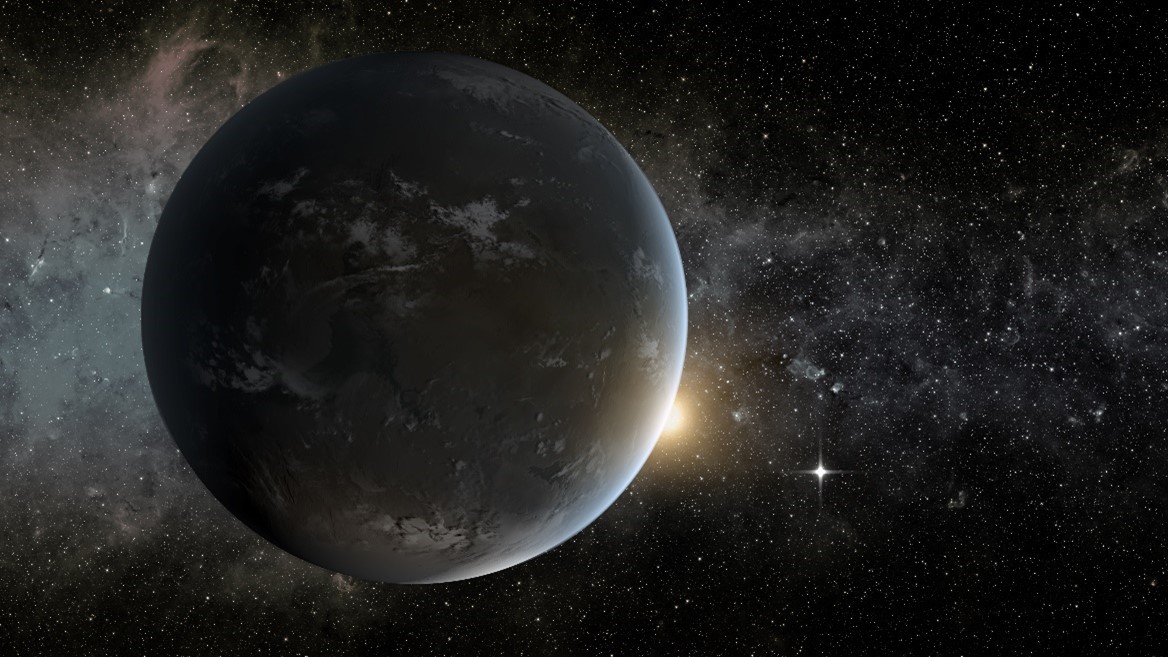
ORCID: 0000-0003-0586-9373
__________________________
Iva Vilović
Technische Universität Berlin
Hardenbergstr. 36A, D-10623 Berlin
iva.vilovic[at]campus.tu-berlin.de
__________________________
Publications:
- Vilović, I., Goyal J., Heller R., von Schauenburg F. M. (2025). Superhabitable Planets Around Mid-Type K Dwarf Stars Enhance Simulated JWST Observability and Surface Habitability. Astronomical Notes. Accepted. Preprint. https://doi.org/10.48550/arXiv.2501.03214
- Vilović, I., Schulze-Makuch, D. & Heller, R. (2024). Observation of Significant Photosynthesis in Garden Cress and Cyanobacteria under Simulated Illumination from a K Dwarf Star. International Journal of Astrobiology. 23:e18. https://doi.org/10.1017/S1473550424000132
- Vilović, I., Schulze-Makuch, D. & Heller, R. (2023) Variations in climate habitability parameters and their effect on Earth's biosphere during the Phanerozoic Eon. Scientific Reports 13, 12663. https://doi.org/10.1038/s41598-023-39716-z
- Gebauer S., Vilović I., Grenfell J.L., Wunderlich F., Schreier F., & Rauer H. (2021). Influence of Biomass Emissions on Habitability, Biosignatures, and Detectability in Earth-like Atmospheres. The Astrophysical Journal, 909(2), 128. https://doi.org/10.3847/1538-4357/abd9cc
Perhaps the most intriguing question that has mystified humans for centuries is “are we alone in the Universe?” As we move forward with observations of exoplanets, we must further develop dynamical and chemical models as well as laboratory experiments in order to analyze, compare, and understand planetary environments in various systems and their implications for the potential habitability of other worlds. Focusing exclusively on life as we know it today would be anthropocentric, as planets with more suitable conditions for life could exist. Such conditions are termed ‘super-habitable’.
So far, there has only been sparse focus placed on planets in the habitable zones (HZs) around K-dwarf stars as good candidates for the search of extraterrestrial life. These stars, however, have longer stellar lifetimes compared to our Sun and provide favorable planet/star contrast ratios given by a weaker stellar luminosity. They also host planets with shorter orbital periods which allow for more frequent transit observations and provide a more benign UV environment for their exoplanets in comparison to our Sun and to their cooler counterparts, M-dwarf stars. As such, they should be the future focus of exoplanetary studies.

Fig. 1: Kepler-62f with 62e as Morning Star. This is an artist's
concept of a planet orbiting in the habitable zone of a K star
(Credits: NASA Ames/JPL-Caltech/Tim Pyle).
As a Ph.D. student, I 1) looked into Earth’s natural history of varying habitability in order to calibrate and provide a framework for superhabitability, 2) used a starlight simulator to experimentally determine the responses of photosynthetic Earth organisms (cyanobacterium Chroococcidiopsis sp. CCMEE 029 and garden cress Lepidium sativum) to the simulated radiation of a K dwarf star, and 3) used theoretical climate-chemistry and radiative transfer models to determine the observability of superhabitable planets around K dwarf host stars with the James Webb Space Telescope (JWST), in order to provide valuable targets for future missions such as NASA's Habitable Worlds Observatory (HWO) and the Extremely Large Telescope (ELT).